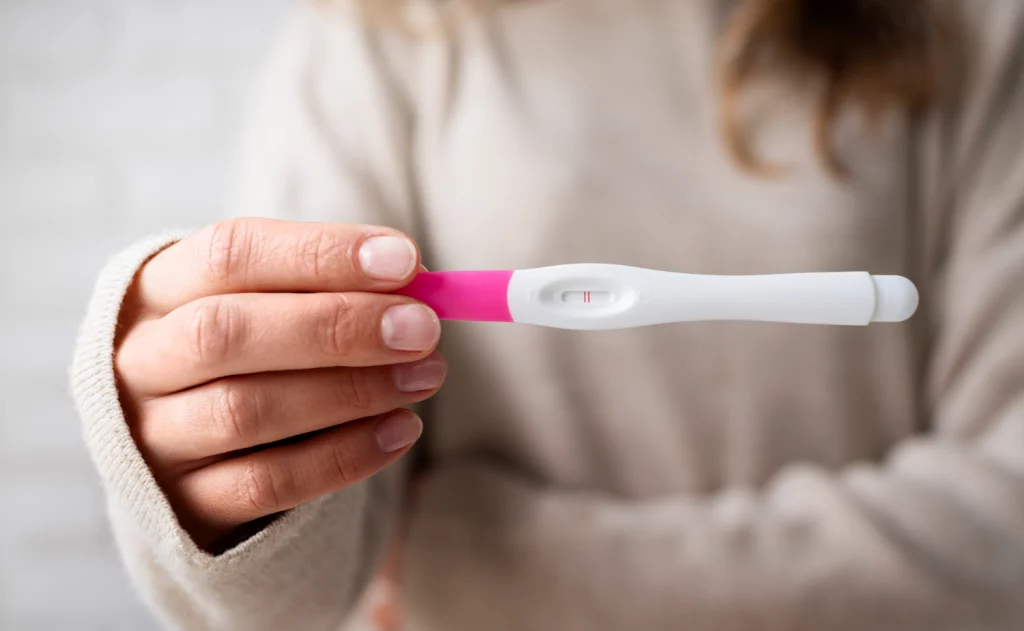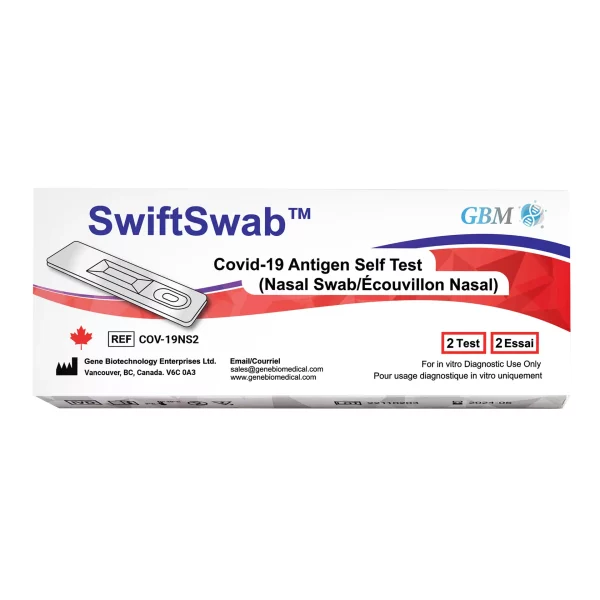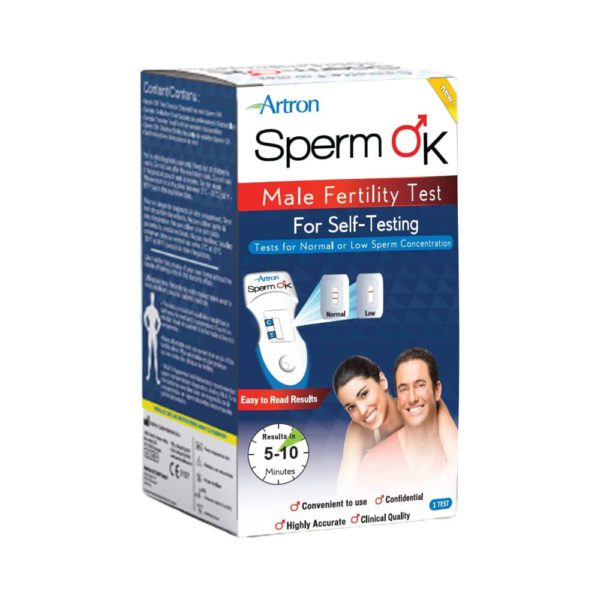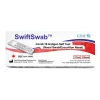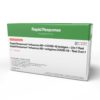Whether you’re trying to get pregnant or avoid it, waiting for your period can be stressful.
That said, a pregnancy test can give you the answer you need.
Here’s a quick guide to what a pregnancy test is, how to use it, and how to understand the results.
How does a pregnancy test work?
Pregnancy tests are diagnostic tools that detect the hormone human chorionic gonadotropin (hCG), which is produced shortly after a fertilized egg attaches to the uterine lining.
When should you take a pregnancy test?
For best accuracy, it’s recommended that you take a pregnancy test after a missed period. This timing allows enough hCG hormone to accumulate in your body to be detectable by the test if you are pregnant.
Also, if you’re experiencing pregnancy symptoms, you can take a pregnancy test for confirmation. Early indicators of pregnancy include:
- Nausea
- Fatigue
- Frequent urination
Types of pregnancy tests
Pregnancy tests are broadly divided into two:
- Home urine tests
- Clinical tests
Home urine tests are available as over-the-counter kits that offer a convenient way to check for pregnancy in the privacy of your home. They provide fast and reliable results, so you’ll have your answers in no time.
On the other hand, clinical tests include both urine tests and blood tests conducted in a healthcare setting.
Blood tests are categorized into quantitative and qualitative tests.
- Quantitative blood tests. This test measures the exact amount of hCG in your blood. By providing a precise number, it allows doctors to track how your hormone level is changing over time. This can be useful in monitoring early pregnancy progress or detecting potential issues like ectopic pregnancy.
- Qualitative blood tests. This test only gives a simple “yes” or “no” answer to whether hCG is present in your blood. It doesn’t measure how much hCG is there, just if it’s enough to confirm pregnancy.
How to take a urine pregnancy test?
1. There are a few straightforward steps to take a pregnancy test for accurate results. Carefully read the instructions provided with the test kit, as procedures may vary slightly between brands.
2. For the best chance of an accurate reading, use the first morning urine. This sample has the highest concentration of hCG, making it the most reliable for testing purposes.
3. Collect the sample by urinating directly on the test stick or dipping the test into a cup of urine.
4. Wait for the indicated time on the instructions.
5. Interpret the results displayed on the test, which can take a few minutes.
Interpreting pregnancy test results
After taking the pregnancy test, your results may show up as positive, negative or invalid.
Positive result
A positive result on a pregnancy test is a clear indication of pregnancy, as it’s marked by the presence of the hCG hormone in the urine or blood sample. It shows up as a distinct color change, line or symbol on the test, depending on its design.
Negative result
A negative result does not conclusively rule out pregnancy. If your menstrual cycle is still absent, retest after a few days since early testing might lead to false negatives.
Invalid result
An invalid result often signifies a procedural error during the test. Repeat the test with a new kit to obtain an accurate result.
Factors affecting accuracy
The accuracy of pregnancy tests can be influenced by several factors, including the following:
- Testing too early. If you test before the hCG hormone builds up to a detectable level, you’re likely to get a false negative result.
- Not following instructions properly. Timing and sample handling can affect the test’s reliability.
- Diluted urine sample. Consuming excessive fluids before taking the test can diminish the concentration of hCG and impact the test’s detection capability.
What should you do after a positive test?
Receiving a positive pregnancy test can bring a wide range of emotions. If your pregnancy was planned and anticipated, you may feel overwhelming joy and excitement.
On the flip side, you may also experience anxiety or uncertainty as you begin to think about the responsibilities and changes ahead.
The immediate next step is to contact your healthcare provider to verify the pregnancy and to discuss prenatal care options.
This provides an opportunity to address any health concerns and to receive guidance on maintaining a healthy pregnancy.
Additionally, consider lifestyle changes that support pregnancy health, such as:
- Adopting a balanced diet
- Staying active
- Avoiding harmful substances
What do you do after a negative test?
After receiving a negative pregnancy test result, retest after a few days if your period still doesn’t arrive. Also, take the time to look into the underlying reasons for your missed period. It may signal health issues other than pregnancy that require attention.
Frequently asked questions
How soon can a pregnancy test detect pregnancy after conception?
A pregnancy test can detect pregnancy as early as 7-10 days after conception, which is around the time of a missed menstrual period for many individuals.
Can drinking a lot of water before taking a pregnancy test affect the results?
Drinking excessive amounts of water before taking a pregnancy test can dilute hCG levels in urine, potentially leading to a false negative result.
What is the difference between a urine pregnancy test and a blood pregnancy test?
Urine pregnancy tests detect hCG in urine and can be done at home, while blood tests detect hCG in blood. The second option offers more precise measurements and is conducted in medical facilities.
How accurate are home pregnancy tests?
Home pregnancy tests are about 99% accurate when used correctly and at the right time, which is after a missed period.
Can a pregnancy test be positive if not pregnant?
False positives can occur, but are rare. Causes include certain medications, medical conditions affecting hCG levels, or a recent pregnancy loss.
Key takeaway
Pregnancy tests offer a reliable way to confirm pregnancy by detecting the hCG hormone. For the most accurate results, follow the instructions closely and test at the appropriate time. Whether you receive a positive or negative result, it’s always advisable to follow up with your healthcare provider for confirmation and guidance.
Take the guesswork out of waiting by ordering a reliable at-home pregnancy test from our website here.
